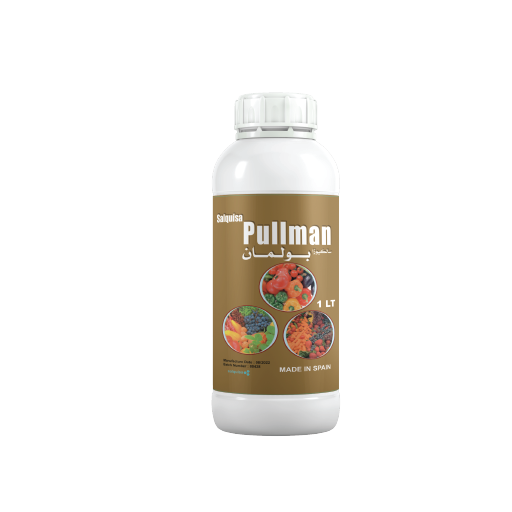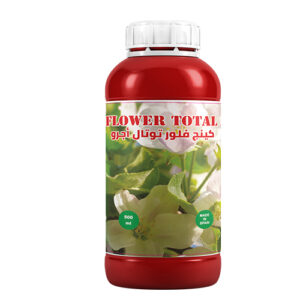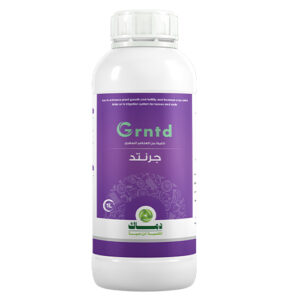► Definition:
Pullman is specially formulated to correct and treat boron and molybdenum deficiencies and work to increase the plant efficiency during flowering, fruit growth and fruit set. It is also used to eliminate the vegetative growth in tuberous crops.
► Characteristics and features:
– Pullman is a boron complex originating from (boron ethanolamine). It is characterized by its high stability, in addition to its high solubility, and is easily absorbed by the plant
– Pullman is a metallic molybdenum sourced from “ammonium molybdate”. Although the plant needs it in small quantities, it has an important role as an auxiliary factor in the reduction and assimilation of nitrogen in the plant ( in nitrate fertilizers) by nitrogenase enzyme, which is one of the steps in the synthesis of amino acids and other nitrogenous compounds, in addition, molybdenum plays a role in the formation of ascorbic acid.
– It compensates for the plant’s deficiency of micronutrients, boron and molybdenum, which are necessary for the processes of flowering, fruit set and fruit growth. It also plays an important role in increasing cell division and thus the growth rate in different crops because it contains natural growth regulators and thus achieves a significant increase in the rates of flowering, pollination, fruit set and fruit growth, and thus a significant increase in the yield.
– It completes the balance in the elements required for the plant and also increases the utilization rate of potassium necessary for the processes of fruit set and fruit formation, in addition to nitrogen.
– Makes plants more resistant to diseases as a result of this balance of fertilizer elements and increases the plant’s resistance to adverse environmental conditions.
– It activates the vegetative growth, increases the branching and vegetative buds, and also stimulates the growth of the root system and its spread in the soil
-It is recommended on sugar beets, as it works to increase the sugar content, eliminate the throne, and prevent the hollow heart of the tuberous roots. It is also recommended on fruit trees, horticultural crops in general, citrus trees, grape vines, especially table grapes, olive trees, sugar cane, and other tropical plants and ornamental plants.
► Recommendations and usage rates:
– It is used in foliar spraying as an enhancer for flowering and fruit set at the rate of 50 cm / 100 L water.
– It is used in foliar spraying for vegetative growth elimination in tuberous crops at a rate of 100 cm / 100 L water.
– The rate of use depends on the type of crop and the deficiency degree of boron and molybdenum.
► Application rates:
– It is used on sugar beet when a sufficient number of leaves grow, with at least 6 – 8 leaves.
– It is used on fruit trees such as peaches, apricots, plums, apples, pears and citrus fruits in the stages of flowering, falling petals, and fruiting in the size of a hazelnut.
– It is used on grape vines when bunches start to appear and before flowering and at the ripening of berries.
– It is used on strawberries before flowering and it is repeated from 2-3 consecutive treatments.
– It is used on olives in spring before flowering.





